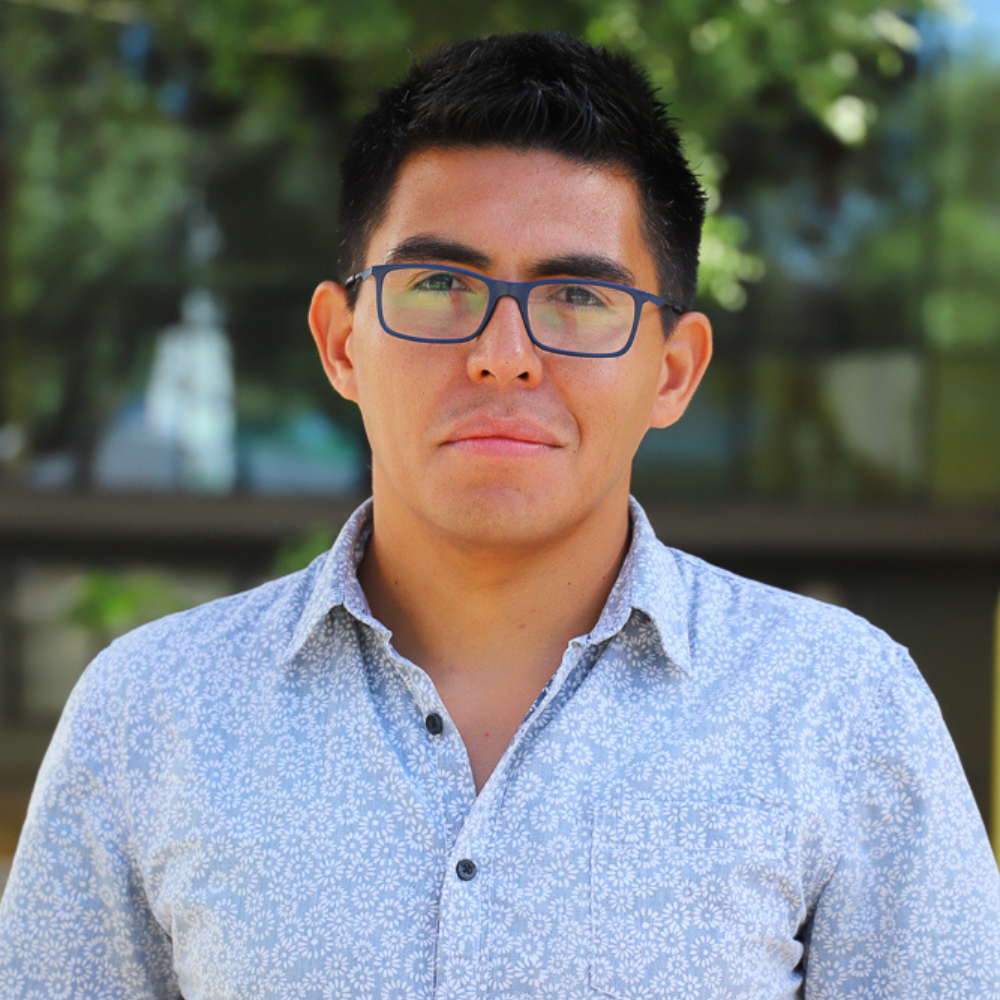10
Gustavo Castillo ● Profesor Asociado

Doctor en Ciencias mención Física, Universidad de Chile (2013).
Licenciado en Ciencias, mención Física
Descripción
Gustavo Castillo hizo sus estudios de licenciatura y doctorado en la Universidad de Chile trabajando en física granular bajo la supervision de Nicolás Mujica. Luego, estuvo dos años en Paris, Francia donde trabajó como investigador postdoctoral en el Laboratorio de Física Estadística de la École Normale Supérieure. Posteriormente, regresó a Chile donde realizó su segundo postdoctorado antes de obtener su actual posición académica como profesor asistente en la Universidad de O’Higgins. Durante su carrera, además de haber dictado clases en muchos cursos tanto en Chile como en Francia, Gustavo ha estudiado diversos problemas de física no lineal y los sistemas fuera del equilibrio. En particular, ha trabajado en problemas que conciernen la física de los medios granulares, tales como transiciones de fase e inestabilidades en estos sistemas, así como también problemas de turbulencia de ondas.
6
- REVISTA Physical Review Letters
- 2023
Swirling fluid reduces the bounce of partially filled containers
• Klebbert Andrade • Javiera Catalán • Juan Marín • Vicente Salinas • Gustavo Castillo Bautista
- REVISTA Physical Review E
- 2023
Stability of a tilted granular monolayer: How many spheres can we pick before the collapse?
• Eduardo Rojas Parra • Héctor Alarcón • Vicente Salinas • Gustavo Castillo Bautista • Pablo Gutierrez Matus
- REVISTA Proceedings of the Royal Society A
- 2022
Wave spectroscopy in a driven granular material
• Michael Berhanu • Simon Merminod • Gustavo Castillo Bautista • Eric Falcon •
- REVISTA Scientific Reports
Triggering avalanches by transverse perturbationsin a rotating drum
• Vicente Salinas • Cristóbal Sebastián Quiñinao Montero • Sebastián González • Gustavo Castillo Bautista •
- REVISTA Physical Review E
Tuning the distance to equipartition by controlling the collision rate in a driven granular gas experiment
• Gustavo Castillo Bautista • Simon Merminod • Eric Falcon • Michael Berhanu •
- REVISTA Physical Review E
Hyperuniform states generated by a critical friction field
• Gustavo Castillo Bautista • Nicolás Mujica • Néstor Sepúlveda • Juan Carlos Sobarzo • Marcelo Guzmán
- REVISTA Physical Review E
Generation of intermittent gravitocapillary waves via parametric forcing
• Gustavo Castillo Bautista • Claudio Falcón •
- REVISTA Physical Review E
Universality and criticality of a second-order granular solid-liquid-like phase transition
• Gustavo Castillo Bautista • Nicolás Mujica • Rodrigo Soto •
- REVISTA Physical Review E
Capillarylike fluctuations of a solid-liquid interface in a noncohesive granular system
• Li-Hua Luu • Gustavo Castillo Bautista • Nicolás Mujica • Rodrigo Soto •
- REVISTA Physical Review Letters
Fluctuations and Criticality of a Granular Solid-Liquid-Like Phase Transition
• Gustavo Castillo Bautista • Nicolás Mujica • Rodrigo Soto •
- Marzo 2021
- Noviembre 2020
- Abril 2020
- Marzo 2020
- Noviembre 2015
- Noviembre 2014